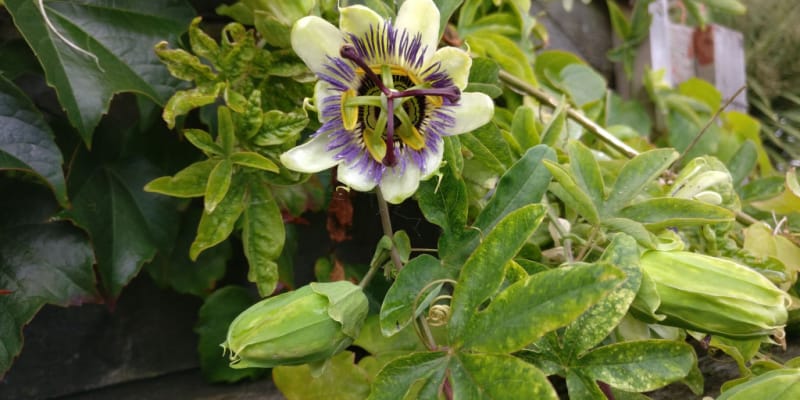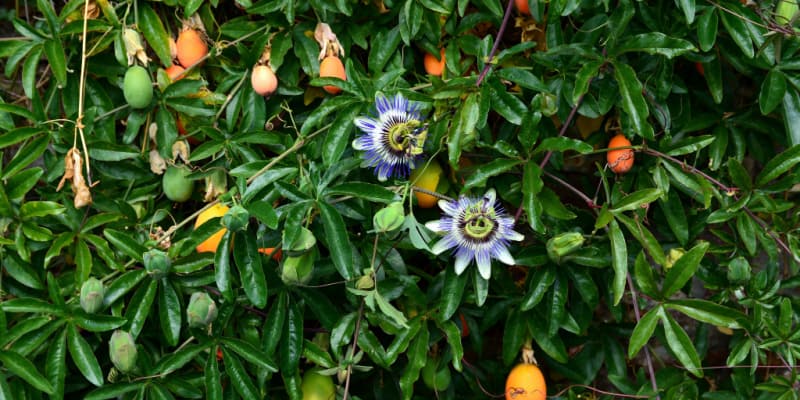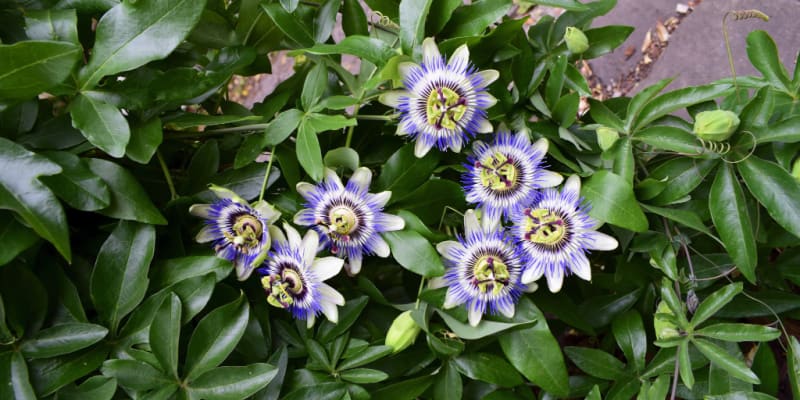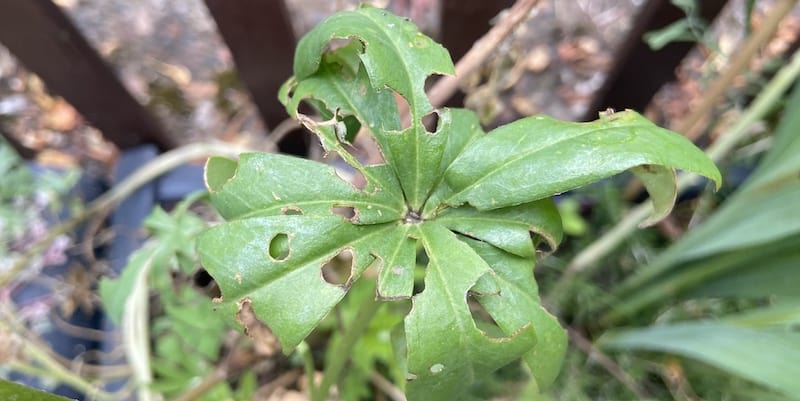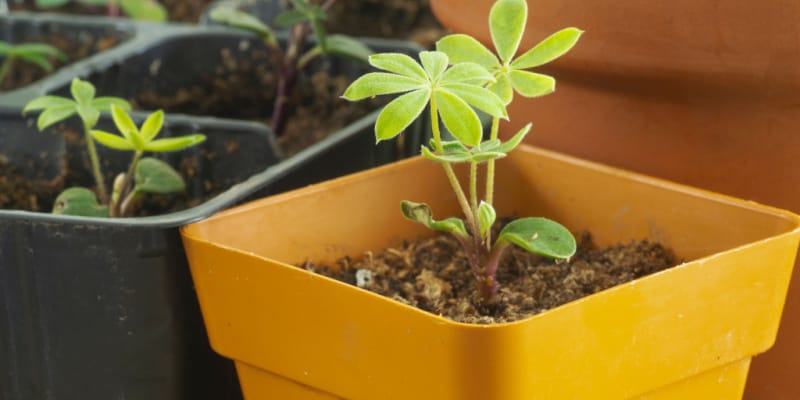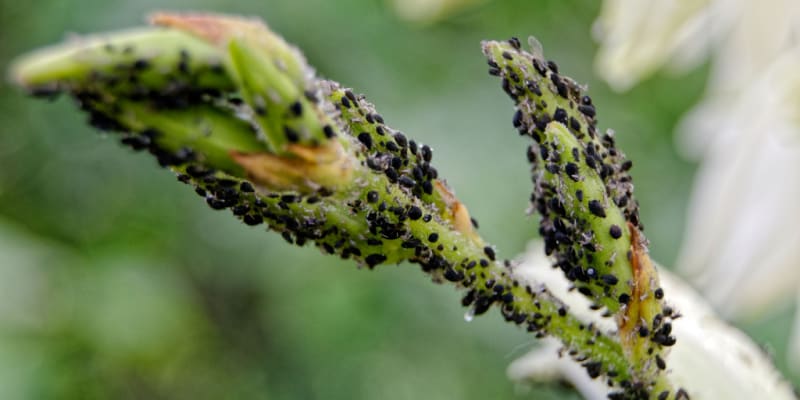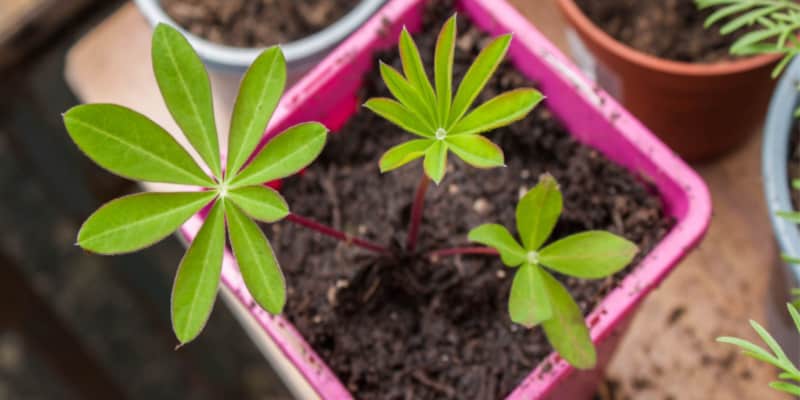Passion flower pests and diseases (Passiflora)
Passion flowers require relatively little care and maintenance to grow successfully. Once established, they can grow well, left virtually untouched for years. In fact, they are generally problem free with nothing more than a few aphids to worry about most of the time. However, there are a few passion flower pests and diseases that can take a liking to your passion flowers which might make an appearance, as I have found out a few times over the years. With this…
